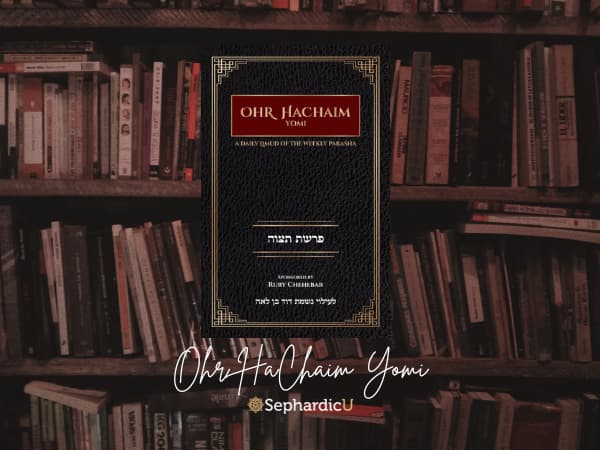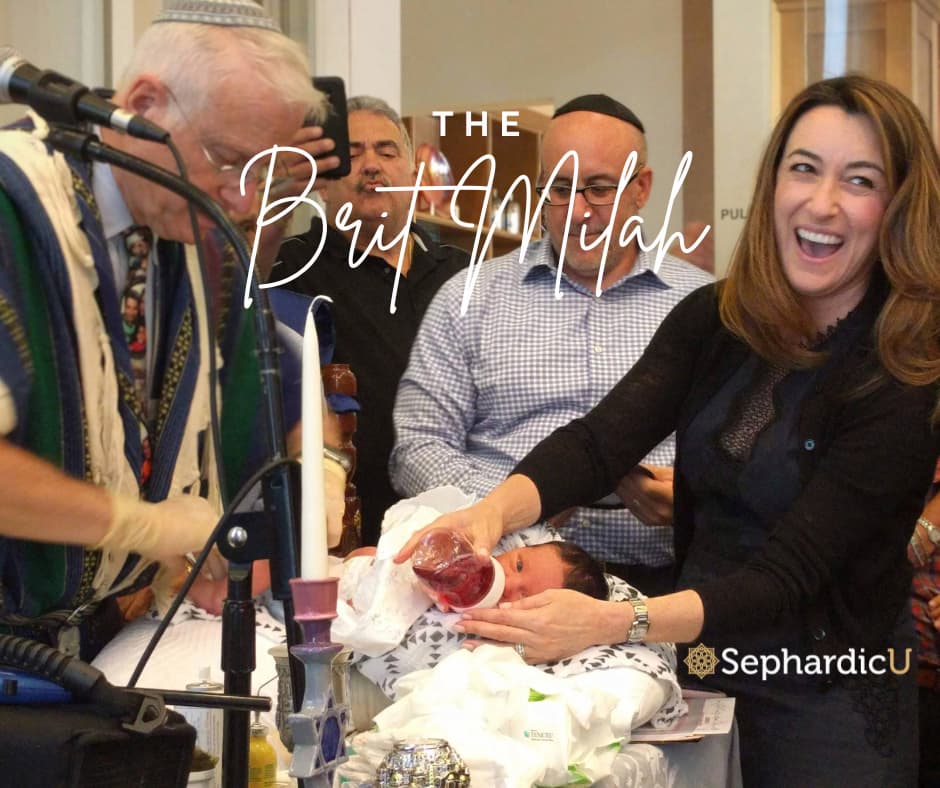Culinary Innovations and Adaptations in Sephardic Cuisine
Sephardic cuisine has evolved over centuries, adapting to changing times while preserving its rich cultural heritage. Today, Sephardic cuisine culinary innovations showcase the dynamic nature of Sephardic gastronomy, appealing to diverse palates and culinary trends.
Evolution of Sephardic Cuisine and Recipes
Traditional Sephardic recipes have undergone transformations to incorporate modern culinary trends and preferences. Chefs and home cooks alike innovate by experimenting with locally available ingredients and contemporary cooking methods while staying true to the essence of Sephardic flavors. This evolution ensures that Sephardic cuisine culinary innovations remain relevant and accessible in today’s global culinary landscape.
Examples of Contemporary Adaptations
Contemporary adaptations of Sephardic dishes often feature lighter preparations, healthier ingredients, and creative presentations that appeal to modern sensibilities. Quinoa tabbouleh, vegan variations of traditional stews, and gluten-free pastries are examples of how culinary innovations adapt to accommodate dietary preferences and health-conscious choices without compromising on taste or cultural authenticity.
Fusion Cuisine and Culinary Exploration
Fusion cuisine blends Sephardic cuisine culinary innovations with elements from other culinary traditions, creating innovative dishes that celebrate cultural diversity and culinary experimentation. Dishes like tahini-infused desserts, harissa-spiced pizzas, and Mediterranean-inspired sushi rolls reflect the fusion of flavors and techniques that define contemporary Sephardic gastronomy.
Global Influence and Accessibility
Sephardic dishes have gained popularity beyond traditional communities, reaching global audiences through restaurants, cookbooks, and culinary blogs. The accessibility of ingredients and growing interest in Mediterranean diets contribute to the widespread appeal of Sephardic cuisine culinary innovations, fostering appreciation for its cultural roots and culinary craftsmanship worldwide.
Preserving Authenticity
Despite modern adaptations, efforts are made to preserve the authenticity of Sephardic recipes and cooking techniques. Traditional methods of slow-cooking, hand-rolling pastries, and using seasonal produce remain integral to maintaining the distinctive flavors and cultural significance of Sephardic culinary innovations.
Cultural Exchange and Culinary Diplomacy
Sephardic cuisine serves as a bridge for cultural exchange and culinary diplomacy, promoting understanding and appreciation of diverse traditions through shared dining experiences. Festivals, food tours, and culinary workshops showcase Sephardic culinary innovations, fostering connections and dialogue among global communities.
Innovation and Tradition Hand in Hand
The synergy between innovation and tradition ensures that Sephardic culinary innovations continue to evolve while preserving its deep-rooted cultural heritage. Whether enjoyed in traditional family settings or modern dining establishments, Sephardic cuisine culinary innovations evoke a sense of history, community, and culinary artistry that transcends borders and generations.








Ohr HaChaim Yomi – Emor